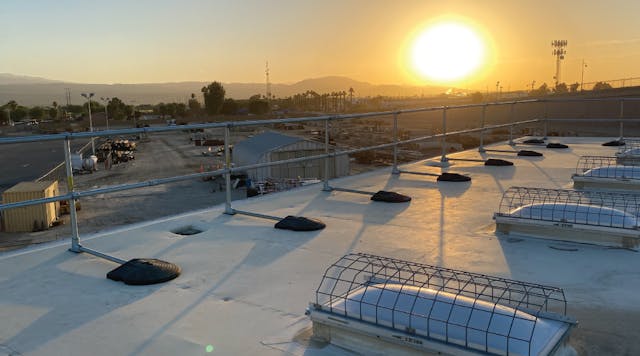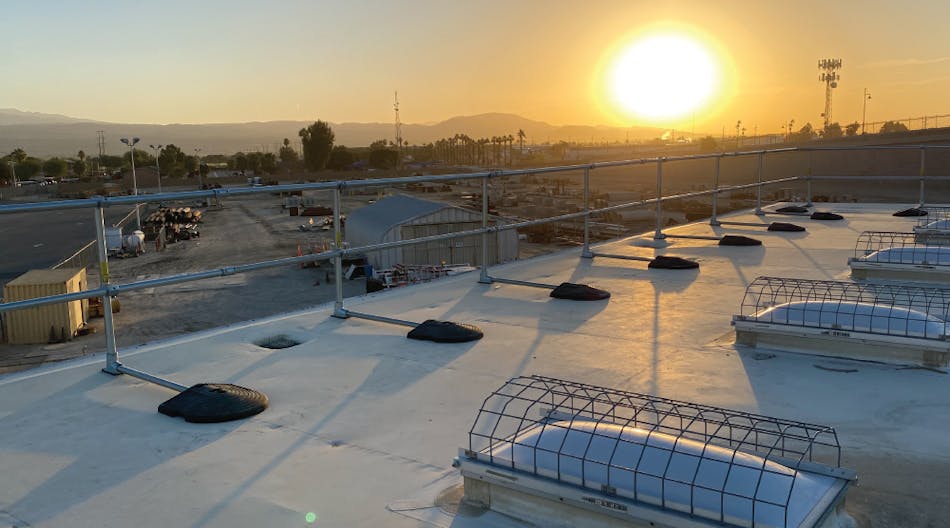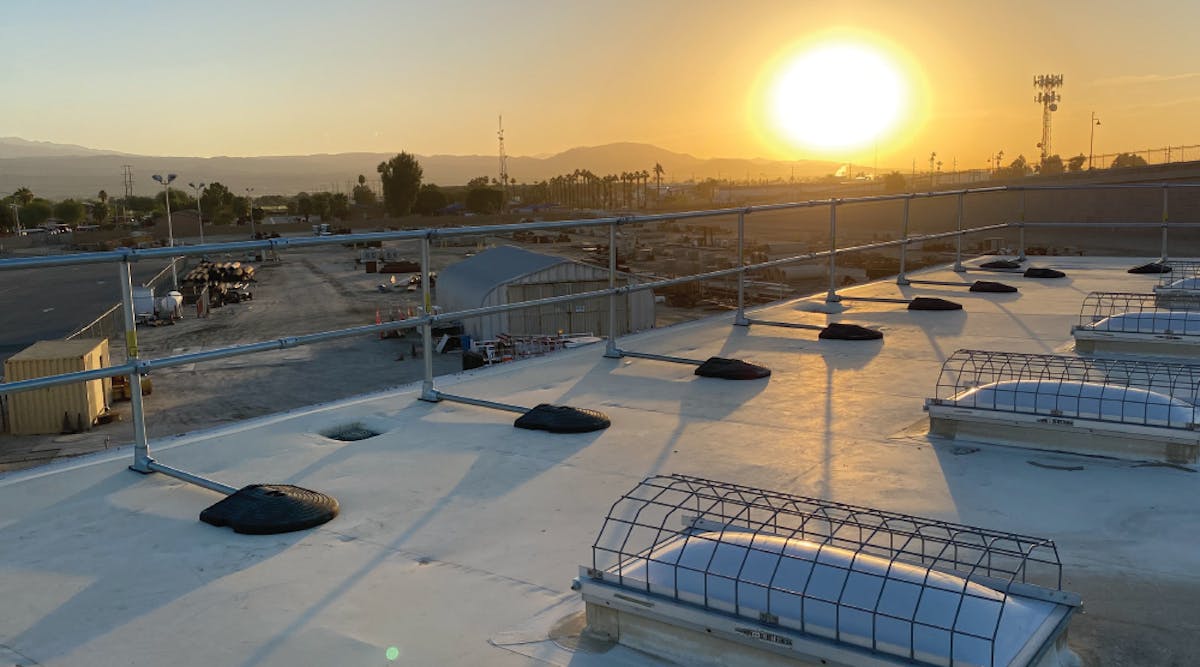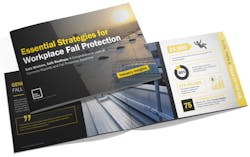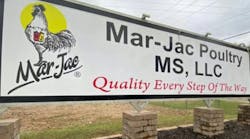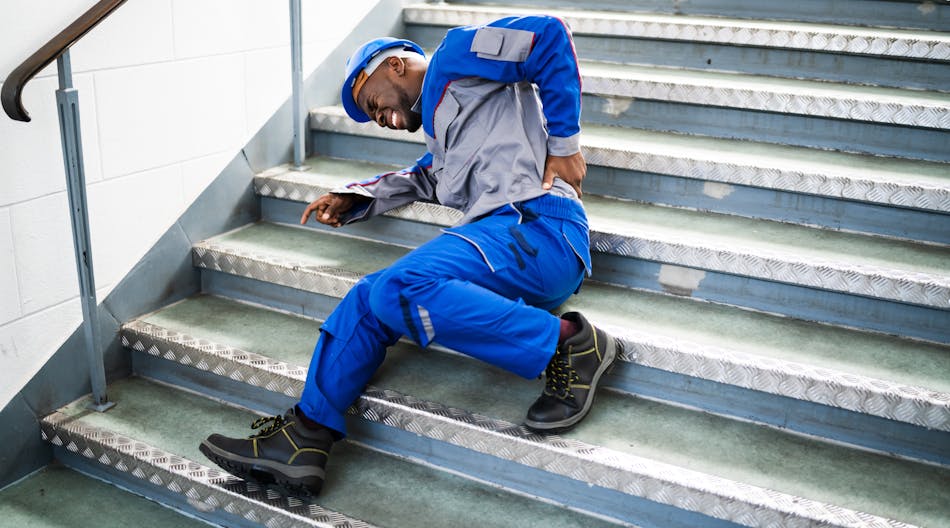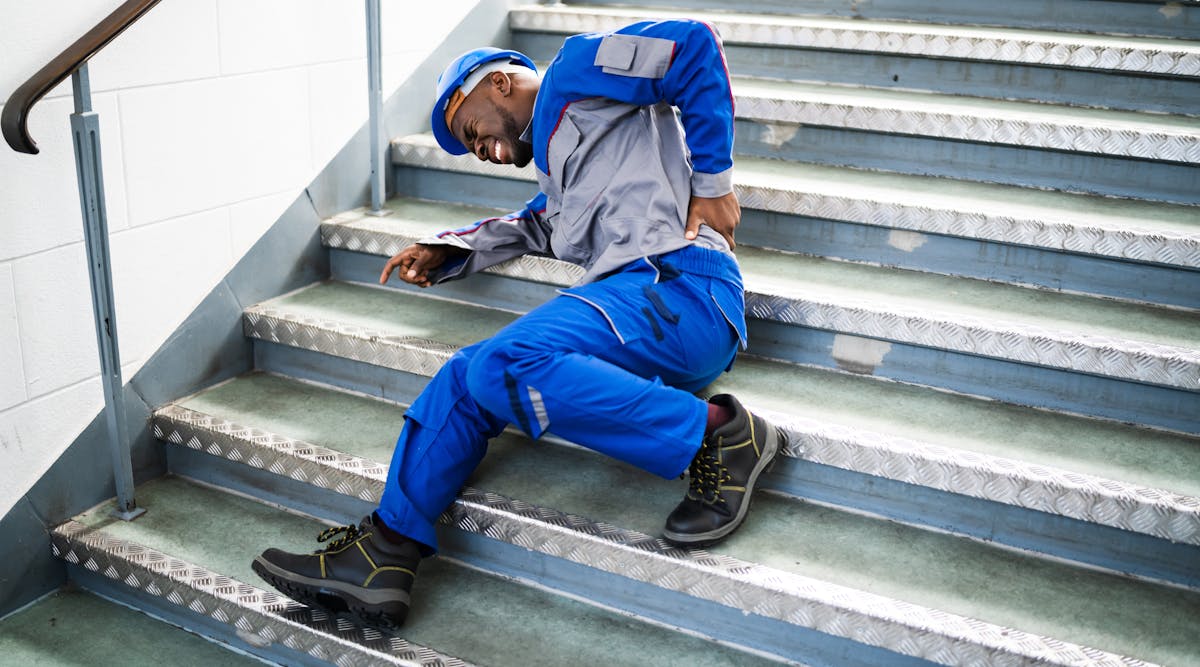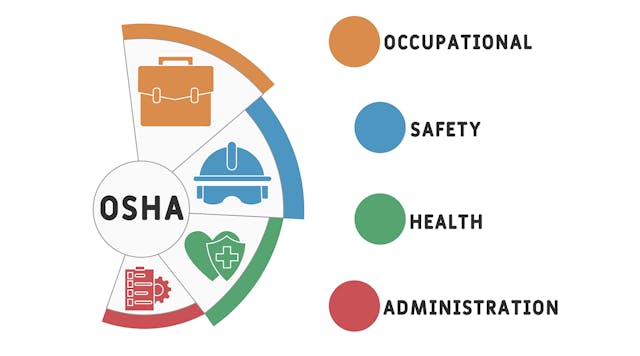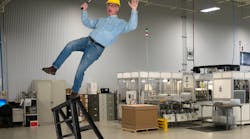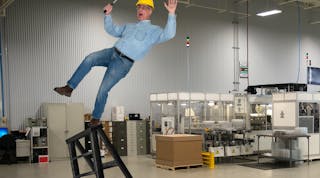General Industry Fall Safety Standards:
While construction codes govern activities during the erection or renovation of a structure, General Industry codes extend to ongoing maintenance and operation. This guide focuses on the nuances of the General Industry code, shedding light on the fall protection regulations for individuals involved in long-term building maintenance.
Ensuring Safety: The Hierarchy of Fall Protection:
The Hierarchy of Fall Protection is a four-level approach that maximizes rooftop safety. It begins with inspecting the roof site for potential hazards and then implementing a complete system solution that descends down the hierarchy levels. These levels include elimination of risks, collective systems, work restraint systems, and fall arrest systems.
Identifying Danger Zones
Let's turn our attention to 4 critical danger zones that demand careful consideration. These areas pose significant risks to those involved in long-term building maintenance. By understanding and addressing these danger zones, we can proactively protect workers and promote a safer work environment, reducing the occurrence of workplace falls.
1. Access Points:
Access points, such as ladders and hatches, pose a frequent hazard on rooftops. To ensure worker safety, these access points must be secured with self-closing gates and safety-compliant railings, providing safe egress and ingress for workers.
2. Skylights and Rooftop Openings:
Skylights and rooftop openings are dangerous areas that require guarding. OSHA considers skylights as equivalent to holes in the roof, and they must be guarded by standard skylight screens or railings. Additionally, all rooftop openings should have guardrails or protective screen coverings to prevent falls.
3. Unprotected Edges:
Unprotected edges of the roof are visible hazards that need to be protected to prevent falls. Installing a perimeter railing system that surrounds and protects all roof edges is the safest solution. Workers accessing the roof to service equipment must also consider the proximity of the equipment to unprotected edges.
4. Obstacles on the Roof:
Obstacles on the rooftop, such as obstructed routes and changes in roof level, hinder access to work zones and increase the risk of slips, trips, and falls. It is essential to address these obstacles to ensure worker safety and provide a safe path across the roof.
By implementing these essential strategies for workplace fall protection, organizations can create a safer work environment and protect their workers from falls. Following the Hierarchy of Fall Protection, securing access points, guarding skylights and rooftop openings, protecting unprotected edges, and addressing obstacles on the roof are critical steps toward ensuring the safety of workers. With these measures in place, organizations can prioritize the well-being of their employees and maintain a culture of safety.
Dive deeper into the fundamental strategies for safety in our latest “Industry Insights” educational PDF. This resource provides a detailed understanding of essential steps and best practices for maintaining a safe work environment.


